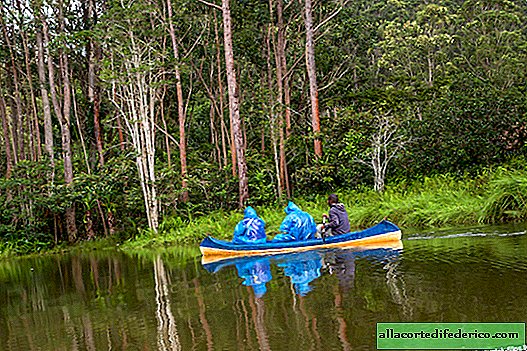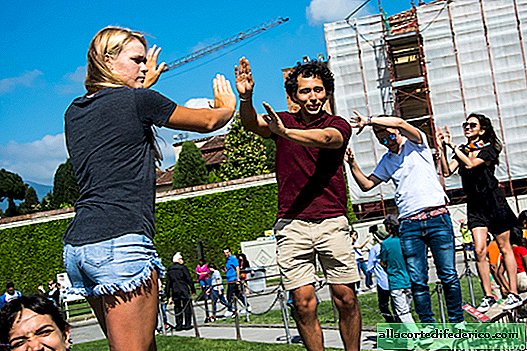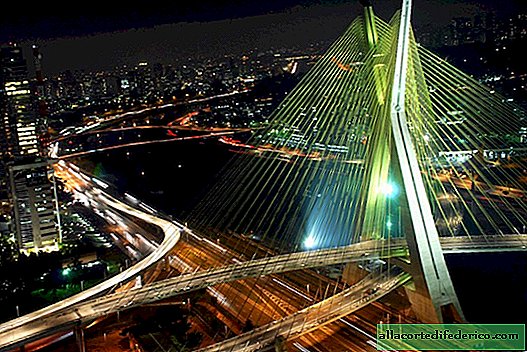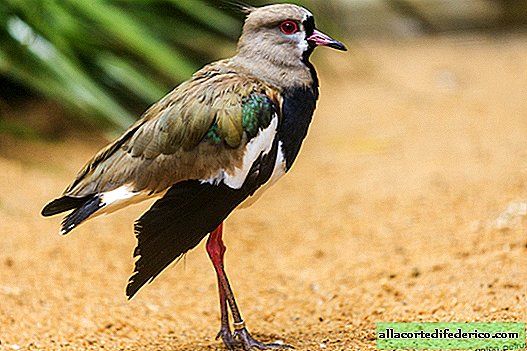How the leopard population in the Caucasus is being restored
One of the rarest animals living in Russia is the Caucasian leopard or the Near Asian leopard. More recently, only a few individuals lived in the wild in the territory of Dagestan. But scientists decided to revive the population of these beautiful cats in the mountains of the Caucasus, using for this leopards, grown in captivity, but adapted to life in the wild.

Even 150-200 years ago, a large population of the Near-Asian leopard lived in the Caucasus. But the uncontrolled hunting of both the leopard itself and wild ungulates (the main food of a predatory cat), led to the fact that by the beginning of the XX century its number had fallen sharply throughout the Caucasus region. Despite the almost complete extermination of these predators in the Caucasus, part of the Near-Asian leopards survived in the north of Iran, in Afghanistan and Turkmenistan.
 Habitat of Asian leopards
Habitat of Asian leopardsAs a result of the analysis of a large-scale census of the Near-Asian leopards, conducted by specialists of several countries, it was possible to find out that the number of these animals is from 900 to 1300 individuals. Since the habitat of this species includes inaccessible alpine regions, it is impossible to obtain more accurate information about its abundance. Experts believe that the northernmost Iranian population is the largest population of Near-Asian leopards, which numbers 550-850 individuals. It is from Iran that Caucasian leopards often come to the Caucasus, where their numbers are very low everywhere. So, for example, in the west of the range, in Georgia, scientists counted no more than 5 leopards, as well as in Turkey. In the territory of Azerbaijan, Armenia and Russia, only 10-15 leopards live. Moreover, in Russia, the Near-Asian leopards were found only in the territory of Dagestan.

Since 2006, Russia has been implementing a project to restore the population of the Asiatic leopard. The reintroduction program of this species was developed by Russian scientists in conjunction with the World Wildlife Fund in Russia. Sochi National Park was chosen as a platform for creating a leopard breeding nursery, and it is planned to release animals into the wild on the territory of the Caucasian Biosphere Reserve. In the reserve, as well as in neighboring national parks, Ritsinsky and Sochi, there are extensive protected areas and a sufficient food supply for the full restoration of the population.

On the basis of the Sochi National Park, a Center for the Breeding and Rehabilitation of Front Asian Leopards was created. Leopards from Iran and Turkmenistan, as well as a couple from the Lisbon Zoo, who successfully adapted to new conditions and give offspring, were brought here. The first 3 leopards were released into the wild on the territory of the Caucasus Reserve in the summer of 2016. The animals were equipped with satellite collars that help track their whereabouts. Leopards born in Sochi National Park were also released in the summer of 2018.

In more detail, the implementation of the program for the restoration of the Asian leopard can be tracked on the official website, where news about the project regularly appears.

















